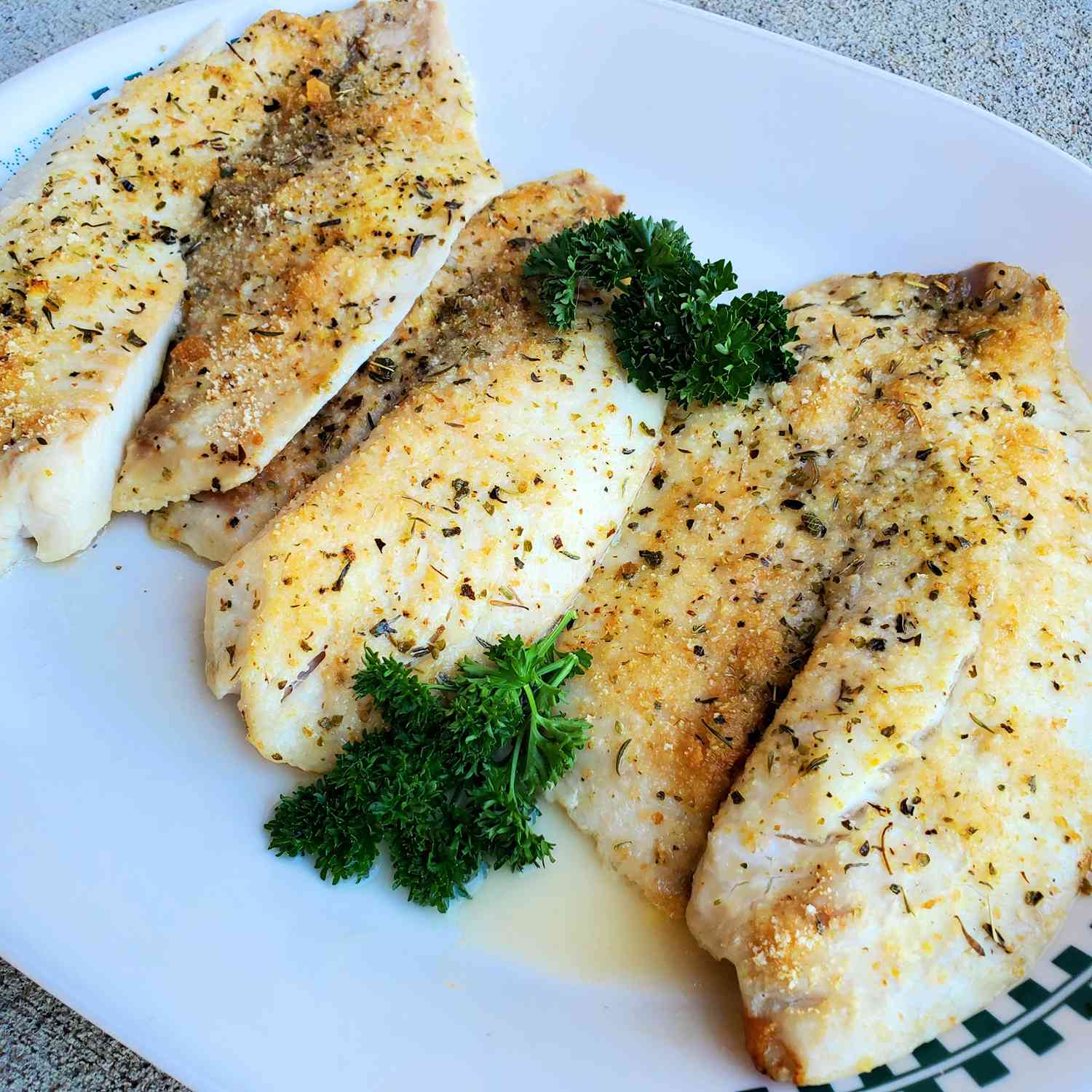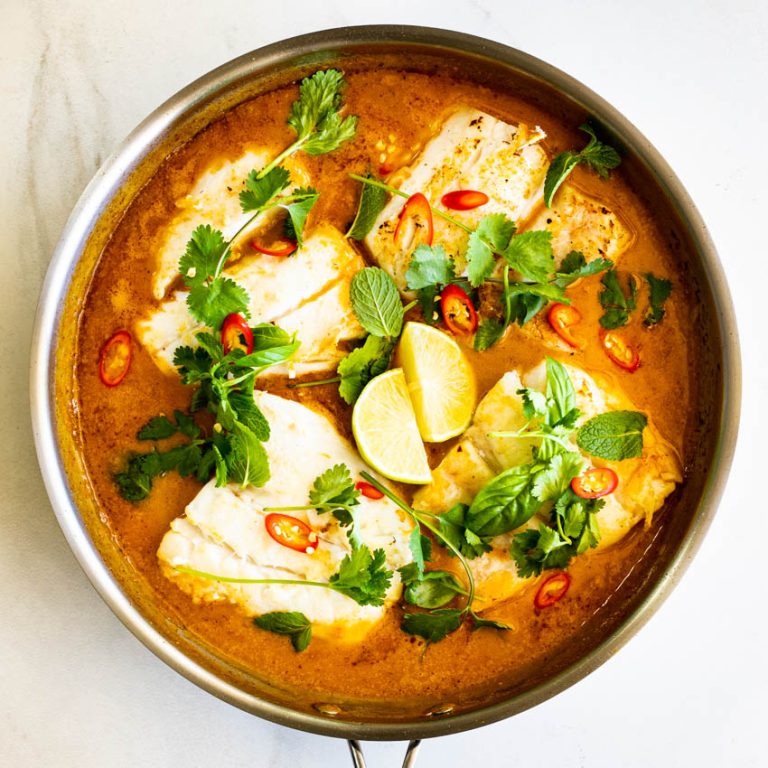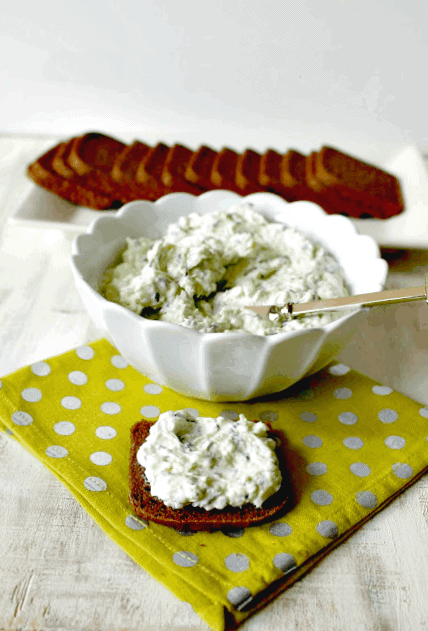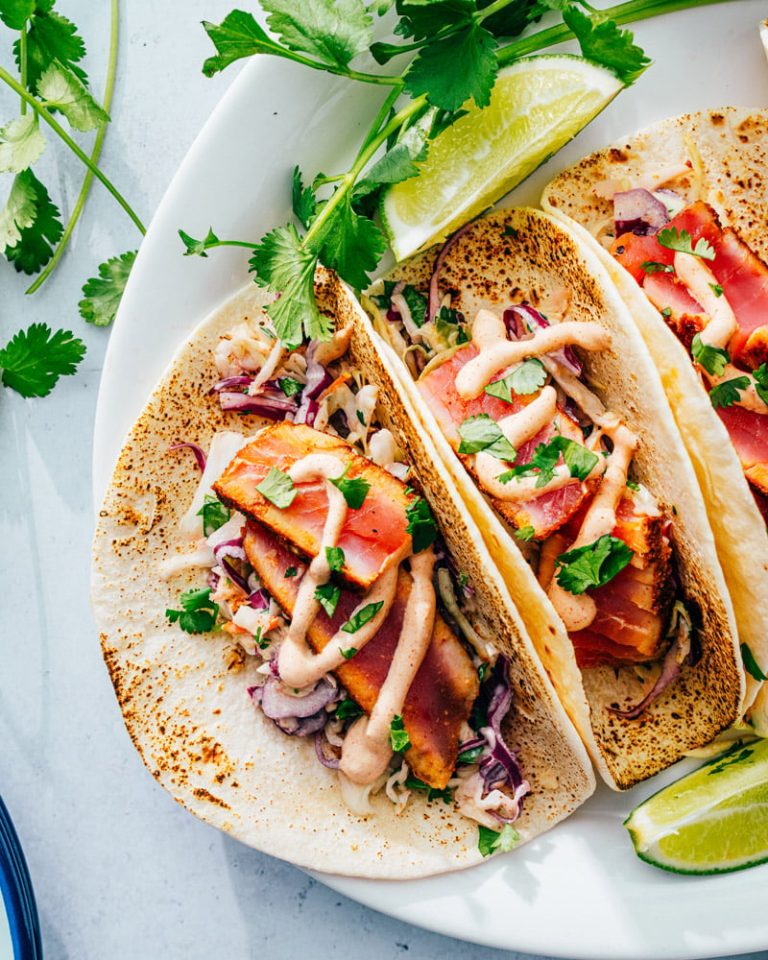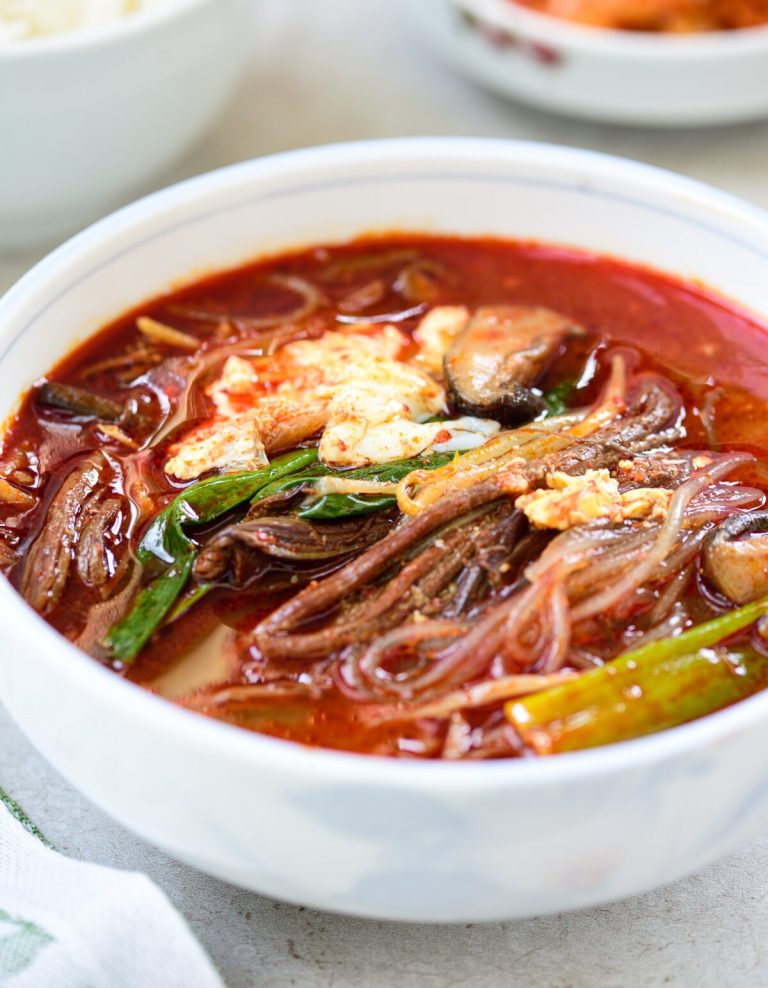Baked Flounder Recipe: A Delicious and Healthy Seafood Dish
Flounder is a type of flatfish found in coastal waters worldwide. Their unique body shape, with both eyes on one side of their head, helps them camouflage on the ocean floor. Scientifically, flounder belong to the Pleuronectidae family. These fish typically have a mild, slightly sweet taste and tender, flaky meat, making them a popular choice for various recipes.
Culinary Uses of Flounder
Flounder is versatile in the kitchen. Its delicate flavor pairs well with a range of herbs and spices. Often, flounder is baked, grilled, or fried. For baking, consider using lemon, garlic, and parsley to enhance its natural taste. Due to its fine texture, flounder works well in dishes like fish tacos, seafood stews, and light salads.
Why Choose Baked Flounder?
Health Benefits
Baked flounder offers numerous health benefits, making it an excellent choice for your diet. Flounder is low in fat and calories but high in protein. A 3-ounce serving provides about 100 calories, 1 gram of fat, and 20 grams of protein. This makes it ideal for those looking to maintain or lose weight. Moreover, flounder contains omega-3 fatty acids that support heart health and reduce inflammation. Vitamins and minerals in flounder, such as vitamin B12, niacin, and phosphorus, contribute to improved energy levels and bone health.
Ease of Cooking
Cooking baked flounder is simple and requires minimal effort. Its mild flavor pairs well with various ingredients, allowing for versatile recipes. You can prepare baked flounder in about 20-25 minutes, making it a quick meal option. Simply season the fish with lemon, garlic, and parsley, then bake it at 400°F until the flesh turns opaque and flakes easily. The straightforward process ensures that even beginner cooks can achieve excellent results. Additionally, baking retains the nutrients in flounder better than frying, providing a healthier meal option.
Key Ingredients for Easy Excellent Baked Flounder
Choosing the Right Flounder
Start with fresh or frozen flounder fillets. Fresh fillets should look moist and be free of any strong odor. When using frozen fillets, check for any ice crystals or signs of freezer burn before thawing. Opt for wild-caught flounder if possible, as it’s often considered more flavorful and sustainable than some farm-raised options. Ensure that the fillets are evenly sized for consistent cooking.
Essential Spices and Herbs
Select simple yet impactful spices to enhance the flounder’s natural flavor. Lemon juice provides a citrusy brightness that complements the fish’s mild taste. Garlic powder or fresh minced garlic adds a savory depth. Parsley offers a fresh, herbal note and a pop of color. Salt and black pepper are essential for seasoning, balancing the flavors without overpowering the dish. For an extra layer of complexity, consider adding dill or paprika. These spices and herbs combine to create a deliciously seasoned baked flounder.
How to Prepare Easy Excellent Baked Flounder
Step-by-Step Recipe
1. Preheat the Oven: Set the oven to 400°F (200°C). Ensure it reaches the desired temperature before placing the flounder inside.
2. Prepare the Baking Dish: Lightly grease a baking dish with olive oil or non-stick spray. Place fresh or thawed flounder fillets in a single layer, ensuring they don’t overlap.
3. Season the Fillets: Sprinkle salt, pepper, minced garlic, and chopped parsley evenly over the fillets. Add a few lemon slices on top for enhanced flavor. Consider adding dill or paprika for extra complexity.
4. Add Liquid: Pour a small amount of lemon juice and olive oil over the seasoned fillets. This keeps the fish moist during baking and adds a tangy flavor.
5. Bake: Place the baking dish in the preheated oven. Bake for 12-15 minutes, or until the flounder is opaque and flakes easily with a fork.
6. Serve: Remove the dish from the oven. Let the flounder rest for a few minutes before serving to allow the juices to redistribute.
Tips for Perfect Baking
Use Fresh Ingredients: Always opt for the freshest possible flounder fillets. Fresh herbs and real lemon juice enhance the flavors significantly.
Check Doneness: Begin checking the flounder at around 12 minutes. Overcooking can make the fish dry and tough. It should flake easily when done.
Even Layering: Place fillets in a single layer without overlapping. This ensures even cooking and prevents some fillets from overcooking while others remain undercooked.
Avoid Too Much Liquid: Use just enough lemon juice and olive oil to lightly coat the fillets. Excess liquid can make the fish soggy instead of keeping it moist.
Season Well: Don’t be afraid to season your flounder generously. The flavors of lemon, garlic, and parsley enhance the natural taste of the fish without overpowering it.
Serving Suggestions for Baked Flounder
Side Dishes
Baked flounder pairs perfectly with a variety of side dishes, enhancing its mild flavor and flaky texture. Consider these options:
- Steamed Vegetables: Pair flounder with vegetables like broccoli, asparagus, or green beans for a light, healthy meal. Steaming retains nutrients and keeps vegetables crisp.
- Roasted Potatoes: Add a savory touch with roasted baby potatoes or sweet potatoes. Season with rosemary and garlic for a flavorful complement.
- Rice Pilaf: Opt for rice pilaf or quinoa for a hearty side. These grains absorb juices well, enhancing the overall flavor of the dish.
- Salads: Serve a fresh garden salad or a quinoa salad. Use ingredients like cherry tomatoes, mixed greens, and a light vinaigrette to keep it refreshing.
- Coleslaw: A tangy coleslaw adds crunch and contrasts nicely with the tenderness of the flounder. Use a light dressing to prevent overpowering the fish.
Wine Pairings
Choosing the right wine enhances the dining experience when serving baked flounder. Consider these selections:
- Sauvignon Blanc: This crisp and acidic wine pairs well with the mild flavors of flounder, especially when seasoned with lemon and herbs.
- Chardonnay: A lightly oaked Chardonnay complements the fish’s buttery texture. Avoid heavily oaked varieties that might overpower the delicate flavors.
- Pinot Grigio: With its light and refreshing profile, Pinot Grigio is an excellent match for lightly seasoned or herb-flavored baked flounder.
- Riesling: A dry Riesling offers a hint of sweetness that pairs well with the citrus elements in the dish. It’s versatile and enhances flavors without being too overpowering.
- Rosé: A dry rosé provides a good balance, especially for dishes with a hint of spice or strong herbs like dill or paprika.
Use these serving suggestions to create a delightful meal featuring baked flounder.
Conclusion
Baked flounder is a fantastic choice for an easy and healthy meal that doesn’t skimp on flavor. With its simple preparation and versatile serving options, you can create a delightful dining experience that’s sure to impress. Pair it with your favorite sides and a well-chosen wine to elevate your meal to new heights. Whether you’re cooking for yourself or entertaining guests, baked flounder is a dish that delivers both taste and nutrition effortlessly. Enjoy the simplicity and elegance of this seafood favorite.
